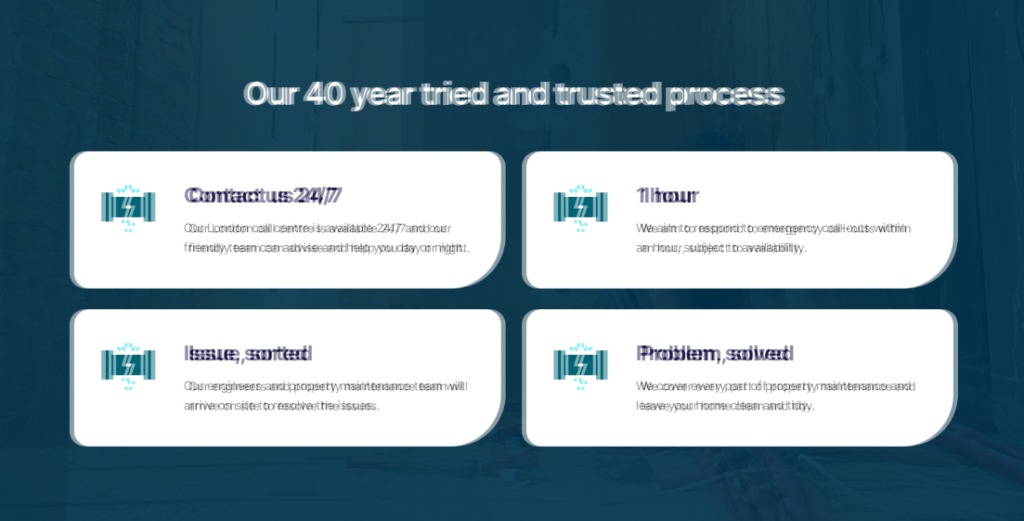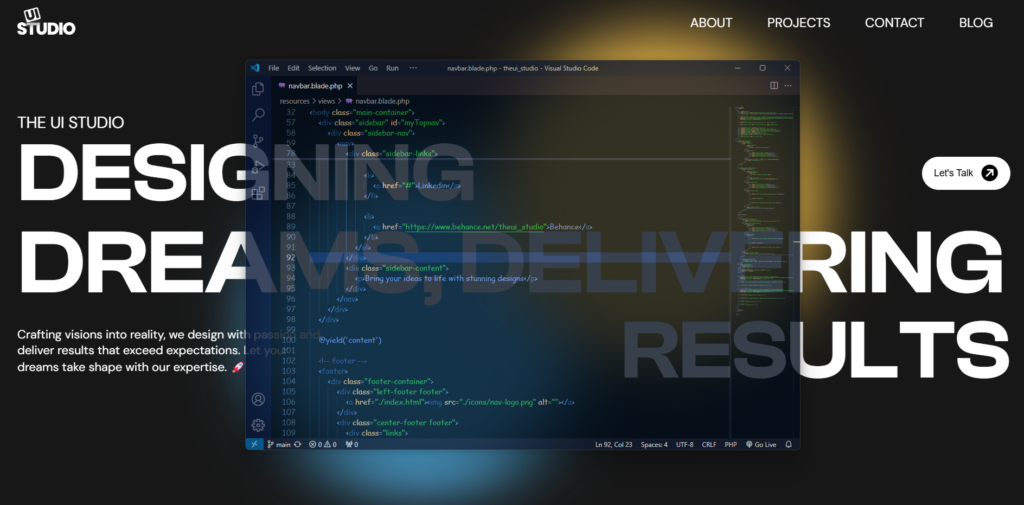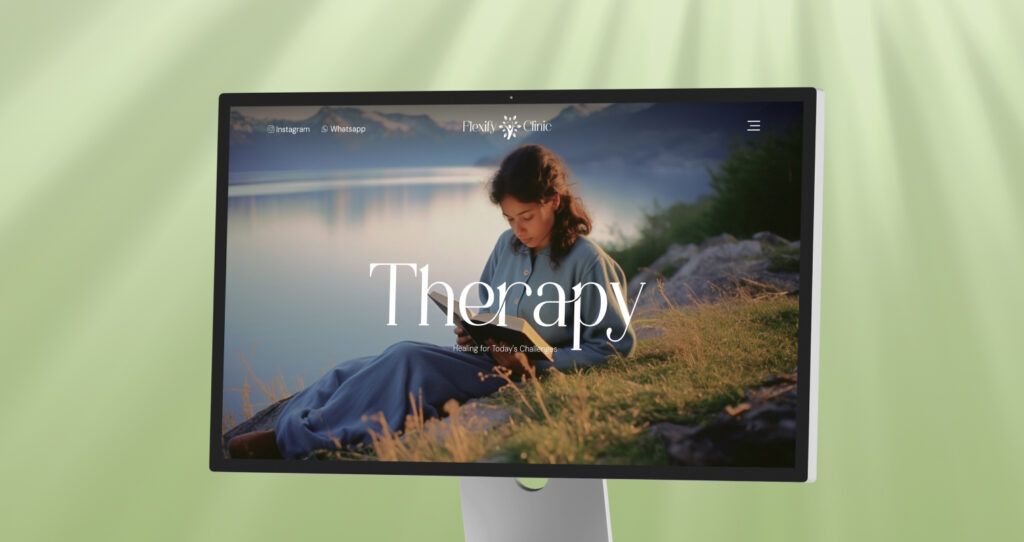As a freelancer or design professional, you’ve invested countless hours crafting the perfect Figma design. Every spacing, color choice, and typography decision serves a purpose. Yet, when the final website launches, something feels off. The carefully planned user experience falls flat, conversions drop, and clients question the value of the design investment.
The harsh reality? Without pixel-perfect comparison between your Figma design and the developed website, you’re essentially throwing money down the drain.

The Hidden Cost of Design-Development Misalignment
When developers interpret rather than replicate your Figma designs, the consequences extend far beyond aesthetics. A button that’s 2 pixels smaller than specified might seem trivial, but it can dramatically impact click-through rates. Typography that’s slightly off-brand erodes trust. Inconsistent spacing creates visual chaos that confuses users and damages conversions.
Research consistently shows that users form opinions about websites within 50 milliseconds. Every deviation from your carefully crafted design potentially triggers negative first impressions that no amount of marketing can overcome.
For freelancers and agencies, these misalignments become reputation killers. Clients notice when the delivered product doesn’t match what they approved. Design QA teams face endless revision cycles, eating into project profitability and timeline adherence.
Beyond Aesthetics: The Business Impact of Precision
Brand Consistency Drives Revenue When your web development perfectly matches Figma specifications, you maintain brand integrity across every touchpoint. Consistent brands generate 23% more revenue than inconsistent ones. Every misaligned element weakens this consistency, directly impacting your client’s bottom line.
User Experience Optimization Your Figma design isn’t just pretty pictures – it’s a strategic user experience roadmap. That specific button placement, those exact color contrasts, the precise spacing between elements – each decision guides users toward conversion actions. When developers approximate these elements, they’re essentially gambling with your UX strategy.
Quality Assurance Efficiency Design QA teams know the frustration of endless back-and-forth communications about “close enough” implementations. Pixel-perfect comparison tools eliminate subjective interpretations, creating objective standards that developers can follow confidently.
The Freelancer’s Dilemma: Protecting Your Professional Reputation
As a freelancer, your reputation is everything. Clients hire you for expertise, not approximations. When the final website deviates significantly from approved designs, clients question your professional capabilities – even when development issues are beyond your control.
Implementing pixel-perfect comparison processes protects your professional standing by ensuring deliverables match client expectations exactly. This precision demonstrates professionalism and attention to detail that commands premium rates and generates referrals.
Streamlining the Design-to-Development Handoff
Modern design QA teams leverage automated comparison tools that overlay Figma designs onto live websites, highlighting every deviation instantly. These tools eliminate guesswork, reduce revision cycles, and create accountability throughout the development process.
Game-Changing Tools on the Horizon
The UI Studio is currently developing a revolutionary free pixel comparator tool specifically designed to enhance your creative workflow. This upcoming solution promises to boost creativity by eliminating tedious manual comparisons, accelerate troubleshooting processes, and save precious hours that you can redirect toward high-value design work. By automating the pixel-perfect comparison process, creative professionals can focus on what they do best – designing exceptional user experiences.
The benefits compound quickly:
- Developers receive clear, objective feedback
- Design intent remains intact throughout implementation
- Quality assurance becomes measurable rather than subjective
- Client satisfaction increases when delivered products match expectations
- Project timelines become more predictable
Making the Business Case for Pixel-Perfect Standards
When pitching pixel-perfect comparison to clients or team members, frame it as business optimization, not perfectionism. Emphasize how design precision directly impacts user engagement, conversion rates, and brand perception.
Present concrete examples: Show how button size variations affect click rates, how color deviations impact brand recognition, or how spacing inconsistencies create visual hierarchy problems that confuse users.
Your Next Steps: Implementing Pixel-Perfect Workflows
Don’t let another project suffer from design-development misalignment. Start implementing pixel-perfect comparison processes immediately:
- Audit your current handoff process – identify where interpretations replace specifications
- Research automated comparison tools that integrate with your existing workflow
- Establish clear standards with your development partners about acceptable deviation tolerances
- Document the business impact of precision on client projects to justify process investments
Transform Your Design Delivery Today
Your Figma designs represent strategic thinking, user research, and creative expertise. Don’t let imprecise development diminish their impact. Pixel-perfect comparison isn’t perfectionism – it’s professional responsibility.
Want to see how your projects measure up? We’ll do a free comparison and QA evaluation of your design against the developed website. Just reach out at info@theuistudio.com and we’ll help you spot the gaps and set pixel-perfect standards in motion.


